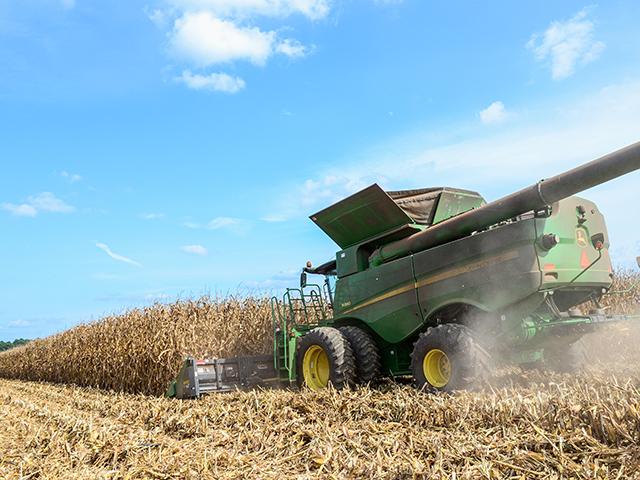Inside the Market
Intelligence Gro-ing on Yield Estimates
On May 11, 1997, IBM supercomputer Deep Blue accomplished something no computer had ever done: It beat the reigning chess champion, Garry Kasparov, in a six-game match. It was one of those watershed moments in history that changed the trajectory of events and propelled further research into the promise of artificial intelligence.
Despite an explosion of advances in artificial intelligence that have happened since, we have yet to see a computer-based approach accurate enough to replace USDA as the primary estimator of U.S. corn and soybean yields. That is, possibly, until now.
I didn't witness the memorable chess match in 1997, but I was in the daily virtual meetings this summer headed by DTN Farm Business Editor Katie Dehlinger, which brought a small group of members from DTN and Gro Intelligence together as we discussed Gro's corn and soybean yield estimates for the day.
Like many I talk to, I was highly skeptical five years ago when this annual DTN Digital Tour started. I had seen a lot of misguided attempts come and go over the years, but none with this much commitment. The five years of doing the DTN Digital Yield Tour has been a learning process, and the yield estimates appear to be getting more accurate. In 2021, Gro estimated a national corn yield of 176.5 bushels per acre (bpa) in August, sniper close to USDA's final estimate of 177 bpa.
P[L1] D[0x0] M[300x250] OOP[F] ADUNIT[] T[]
On Aug. 8, Day 1 of this year's DTN Digital Yield Tour, USDA was estimating a 177-bpa national corn yield and private estimates were in the 174- to 176-bushel range. Using its yield models, Gro started the meeting with a national corn estimate of 167.2 bpa, much lower than any of us expected.
Gro's yield models update daily as new data becomes available. Machine learning helps the models compute what changes in satellite imagery, weather data, forecasts and more mean to the crop's outcome in the nation's primary growing regions.
As the Gro staff patiently showed us the evidence, slide by slide, it became clear they had done their homework. Comparisons of planting dates, soil moisture, temperatures, vegetation maps, you name it, all fell short when compared to conditions of previous years. As Gro initially summarized, we think this late-developing crop has been vulnerable to extreme heat.
Two and a half weeks after Gro's initial estimate, the Pro Farmer Crop Tour scoured the Midwest, measured field samples and pulled back husks. When worksheets were turned in, the tour announced a corn yield estimate of 168.1 bpa, close to Gro's findings but not as surprising by then.
By the time you read this, DTN will have announced a September update to Gro's yield estimates, and the results of USDA's Sept. 12 "World Agricultural Supply and Demand Estimates" (WASDE) report will also be public. I don't know how final yields will turn out for 2022, but I have a sense. Because of the work Gro Intelligence has done, this particular chess game will never be the same.
**
-- Read Todd's blog at https://about.dtnpf.com/…
-- You may email Todd at todd.hultman@dtn.com, or call 402-255-8489.
[PF_1022]
(c) Copyright 2022 DTN, LLC. All rights reserved.



